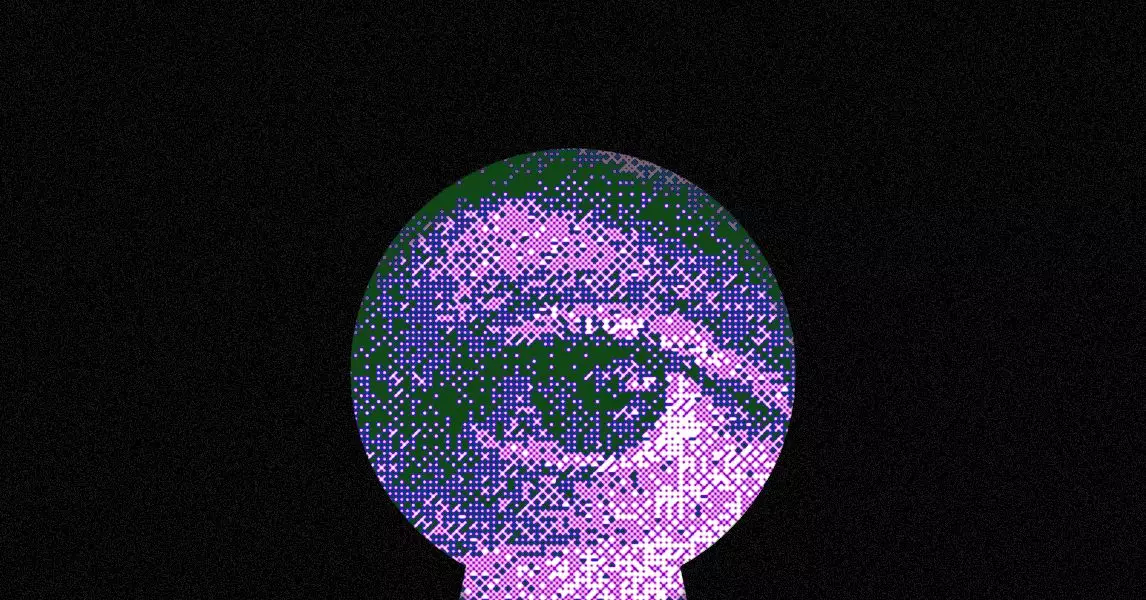Artificial Intelligence has surged into new territories, particularly in the realm of software engineering and cybersecurity. A striking illustration comes from recent investigations at UC Berkeley, where researchers evaluated the capabilities of modern AI models in identifying vulnerabilities within software. Their findings revealed that sophisticated AI agents made significant strides in detecting bugs, including alarming zero-day vulnerabilities — security flaws that are unknown to the software developer and can be exploited by hackers. This pivotal moment in cybersecurity suggests that we are on the brink of a transformative evolution in how we defend against digital threats, but it also raises a host of ethical concerns and challenges.
A Paradigm Shift in Cybersecurity
The researchers at UC Berkeley employed the innovative benchmark known as CyberGym to analyze 188 expansive open-source codebases. Their work culminated in the detection of 17 new bugs, with 15 classified as zero-day vulnerabilities. The importance of these findings cannot be overstated; these vulnerabilities pose substantial risks, potentially endangering vast digital infrastructures. Dawn Song, a distinguished professor and the leading mind behind this research, emphasized the groundbreaking nature of these results by stating that their outcomes exceeded expectations and marked a pivotal moment in cybersecurity. This paradigm shift underscores the dual-edged nature of AI’s progress — a powerful ally for those defending against cyber threats, while simultaneously empowering malicious actors who seek to exploit software weaknesses.
Automated Threat Hunting and Exploits
The implications of such advanced AI capabilities are profound. As these models continue to develop, they will not only assist cybersecurity teams in discovering vulnerabilities but may also inadvertently automate the process of exploiting these flaws. The reality of AI-driven threat hunting raises valid concerns about accountability and security. Even as AI tools enhance the ability to secure software, they simultaneously increase the likelihood of sophisticated attacks. The UC Berkeley team merely scratched the surface, revealing that with increased resources and longer runtimes, the AI agents could uncover even more vulnerabilities. The chilling notion is that hackers could potentially harness the same technology for nefarious purposes, leading to an escalatory arms race in cybersecurity.
A New Era with Cybersecurity Leaders
Within this evolving landscape, we see promising developments such as Xbow, a startup that boasts impressive AI tools that have climbed the ranks of HackerOne’s leaderboard for bug hunting. Recently, Xbow secured $75 million in funding, a testament to the growing interest and belief in AI’s capabilities in cybersecurity. Additionally, prominent players like OpenAI, Google, and Anthropic are testing the waters with their frontier AI models, combining their resources with open-source frameworks from Meta and others to develop effective bug-hunting agents.
These AI solutions offer a glimpse into a new era where automated systems can generate hundreds of proof-of-concept exploits, significantly increasing the speed at which vulnerabilities are discovered. However, the researchers noted the existing constraints of AI; many flaws eluded detection, particularly those that are complex and multifaceted. This nuance serves as a reminder that while we tread into empowered digital realms, AI still grapples with inherent limitations.
AI’s Role in Real-World Cybersecurity Challenges
The intertwining of AI and cybersecurity is increasingly evident, as seen in real-world applications. Security expert Sean Heelan successfully identified a zero-day flaw within the Linux kernel, aided by OpenAI’s reasoning model. Similarly, Google’s Project Zero successfully unearthed a previously unknown vulnerability through AI intervention. These accounts substantiate the assertion that AI can play a critical role in mainstream cybersecurity practices. Nevertheless, the journey is fraught with uncertainty, for as we refine these tools, the potential for misuse looms ominously.
The fusion of AI into the cybersecurity realm embodies both a significant advancement and an ethical conundrum. As businesses continue to invest in AI-driven security solutions, striking a balance between harnessing AI’s vast capabilities to protect against threats while mitigating the risks it poses will be crucial in shaping a secure digital future. Cybersecurity teams must remain ever-vigilant, adapting to the rapid development of AI technology in order to stay one step ahead of both potential breaches and the evolving landscape of threats.

